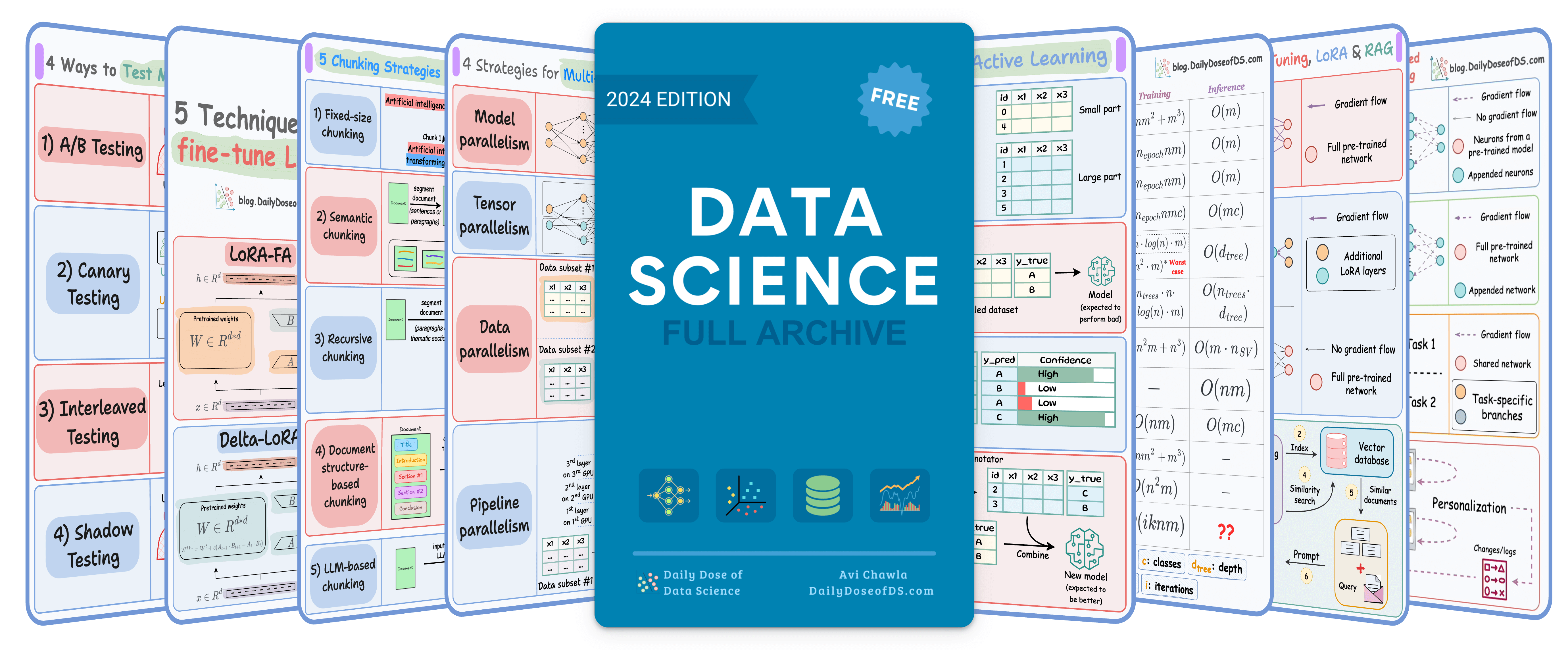

TODAY'S ISSUE
TODAY’S DAILY DOSE OF DATA SCIENCE
Building a RAG app using Llama-3.3
Meta released Llama-3.3 yesterday.
So we thought of releasing a practical and hands-on demo of using Llama 3.3 to build a RAG app.
The final outcome is shown in the video below:
The app accepts a document and lets the user interact with it via chat.
We’ll use:
- LlamaIndex for orchestration.
- Qdrant to self-host a vector database.
- Ollama for locally serving Llama-3.3.
The code is available in this Studio: Llama 3.3 RAG app code. You can run it without any installations by reproducing our environment below:
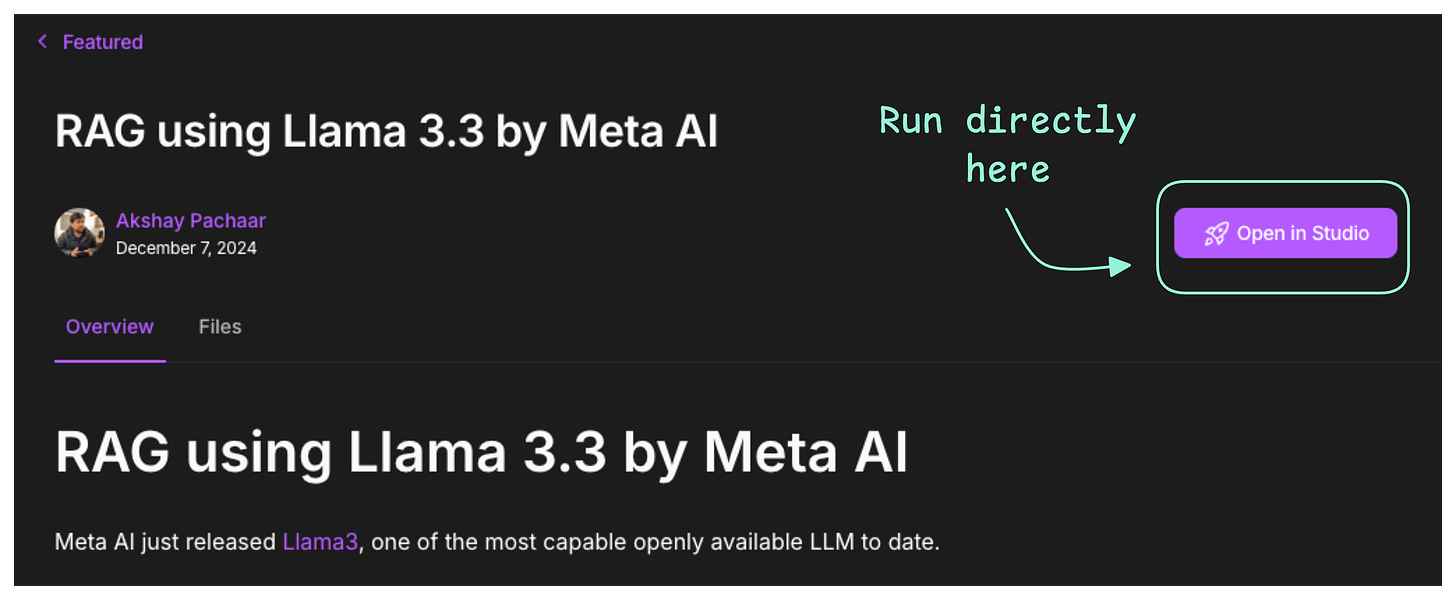
Let’s build it!
Workflow
The workflow is shown in the animation below:
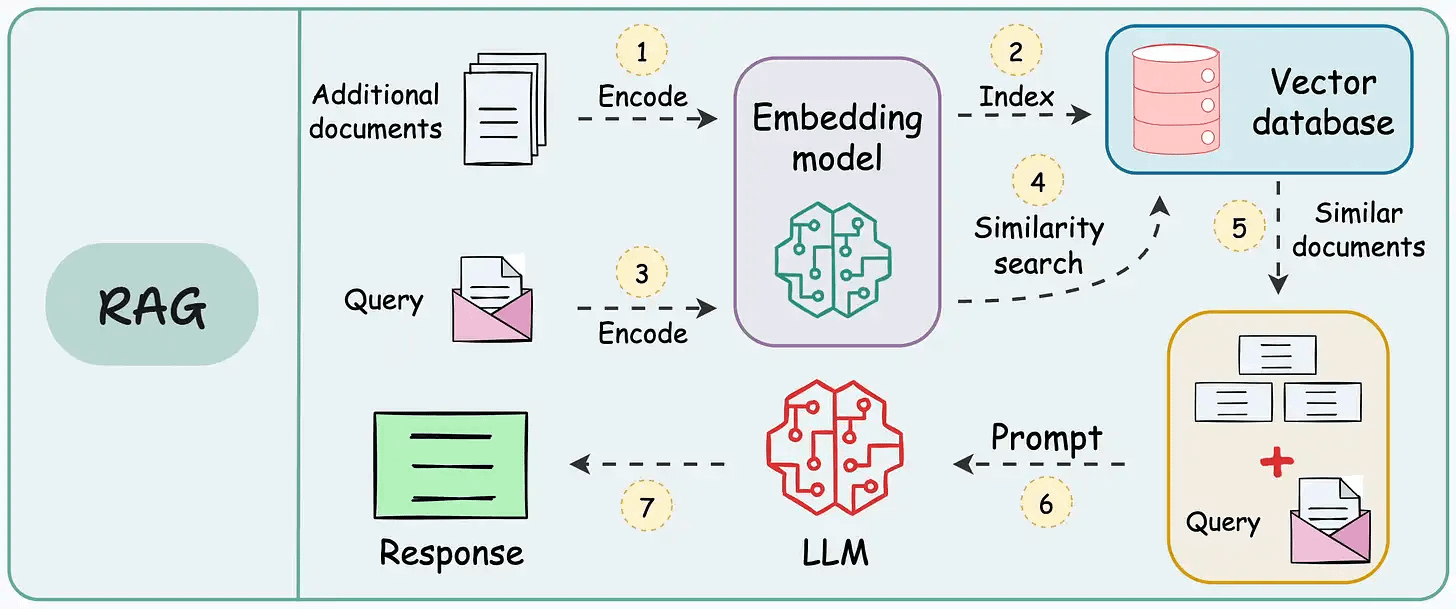
Implementation
Next, let’s start implementing it.
First, we load and parse the external knowledge base, which is a document stored in a directory, using LlamaIndex:
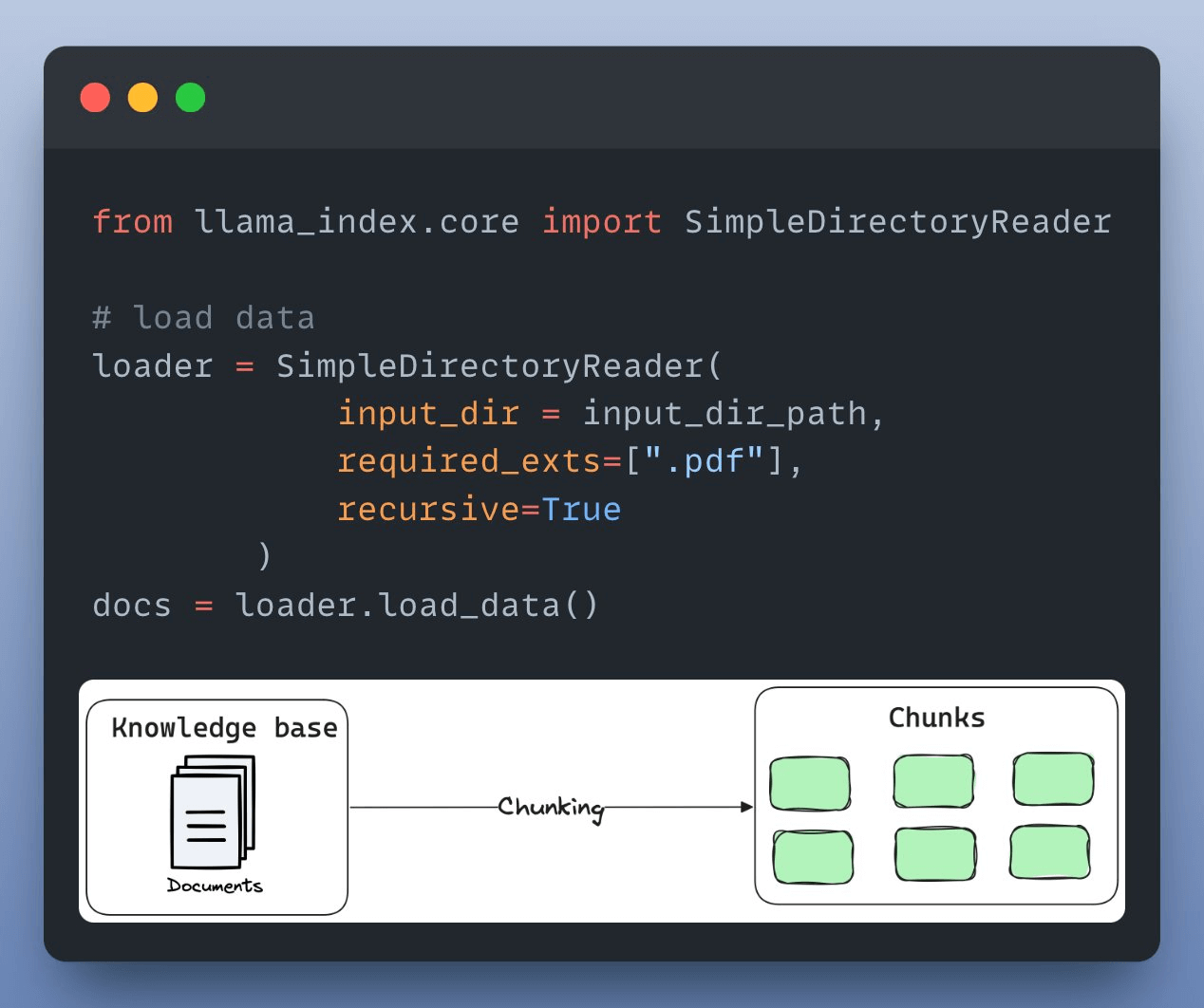
Next, we define an embedding model, which will create embeddings for the document chunks and user queries:
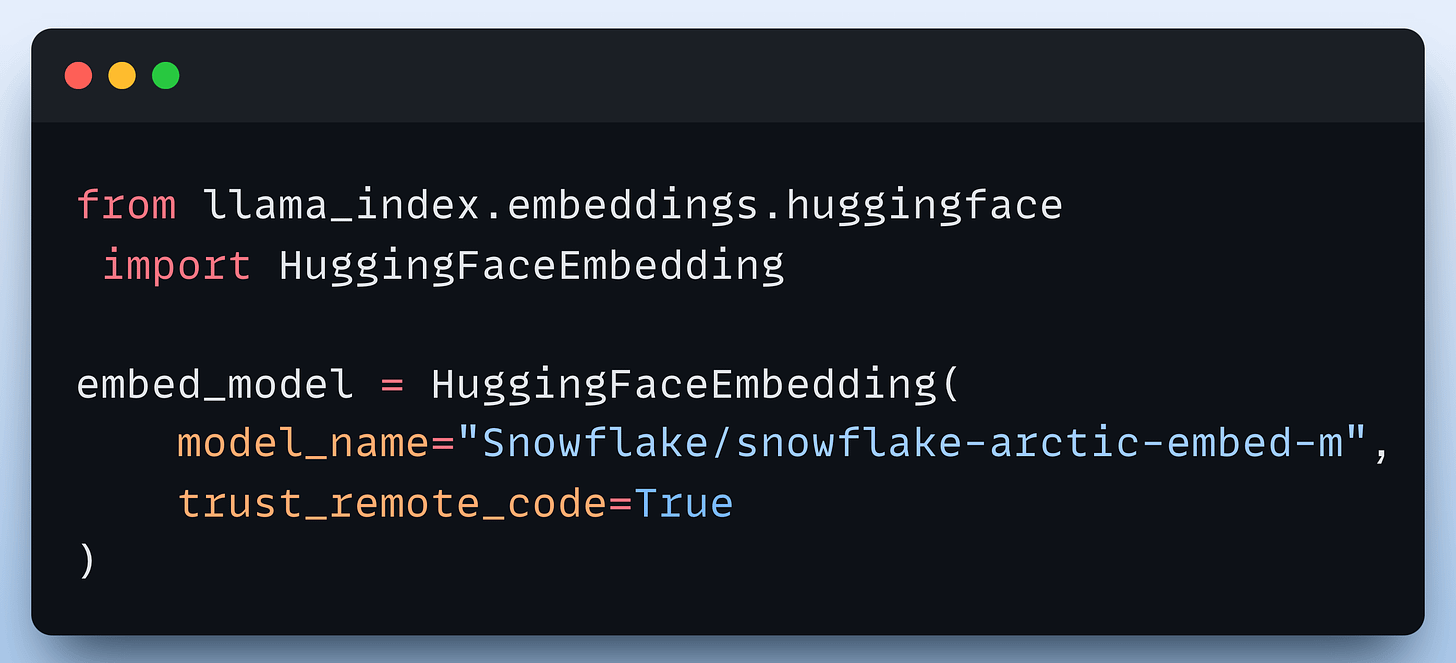
After creating the embeddings, the next task is to index and store them in a vector database. We’ll use a self-hosted Qdrant vector database for this as follows:

Next up, we define a custom prompt template to refine the response from LLM & include the context as well:
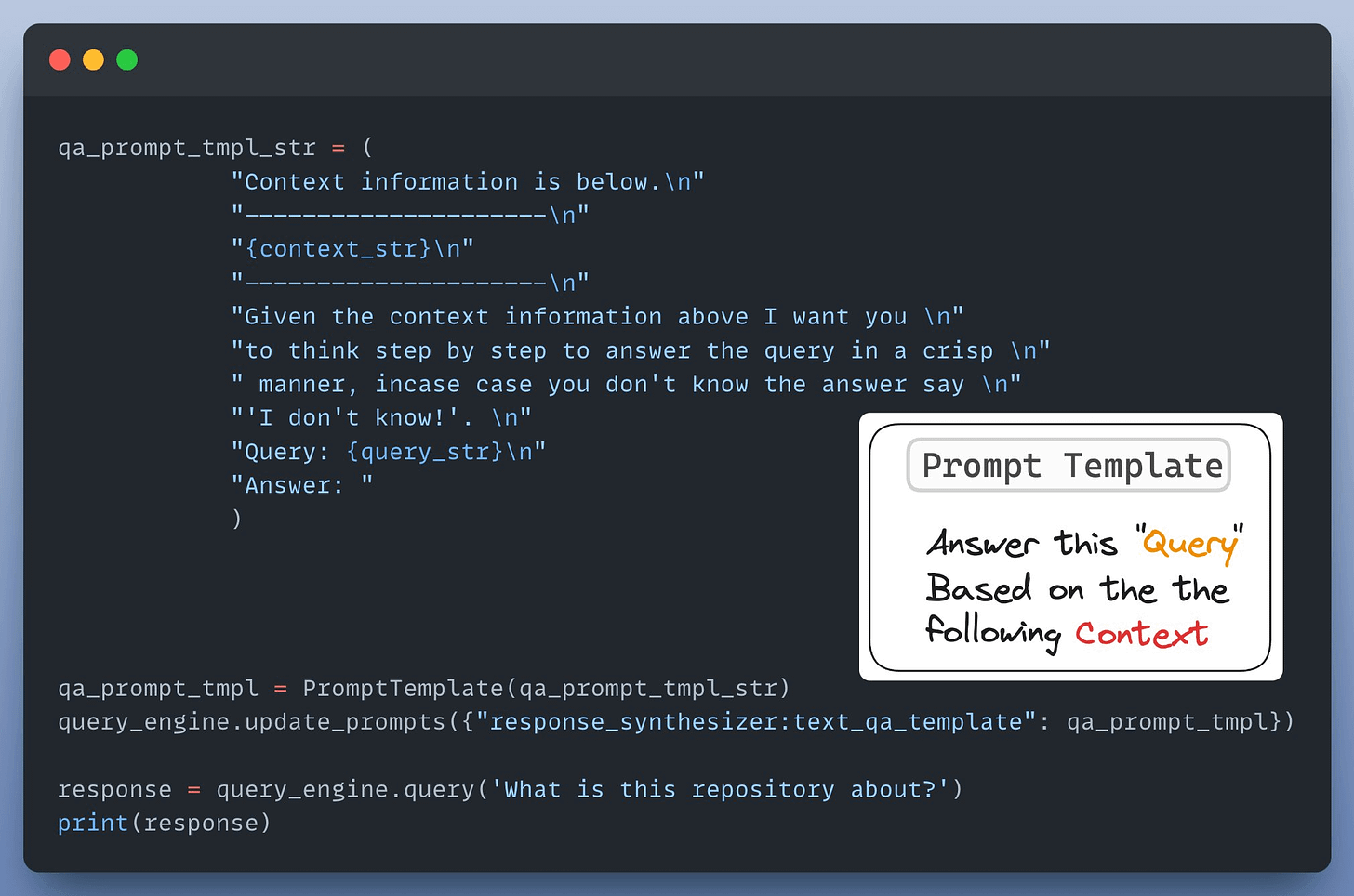
Almost done!
Finally, we set up a query engine that accepts a query string and uses it to fetch relevant context.
It then sends the context and the query as a prompt to the LLM to generate a final response.
This is implemented below:
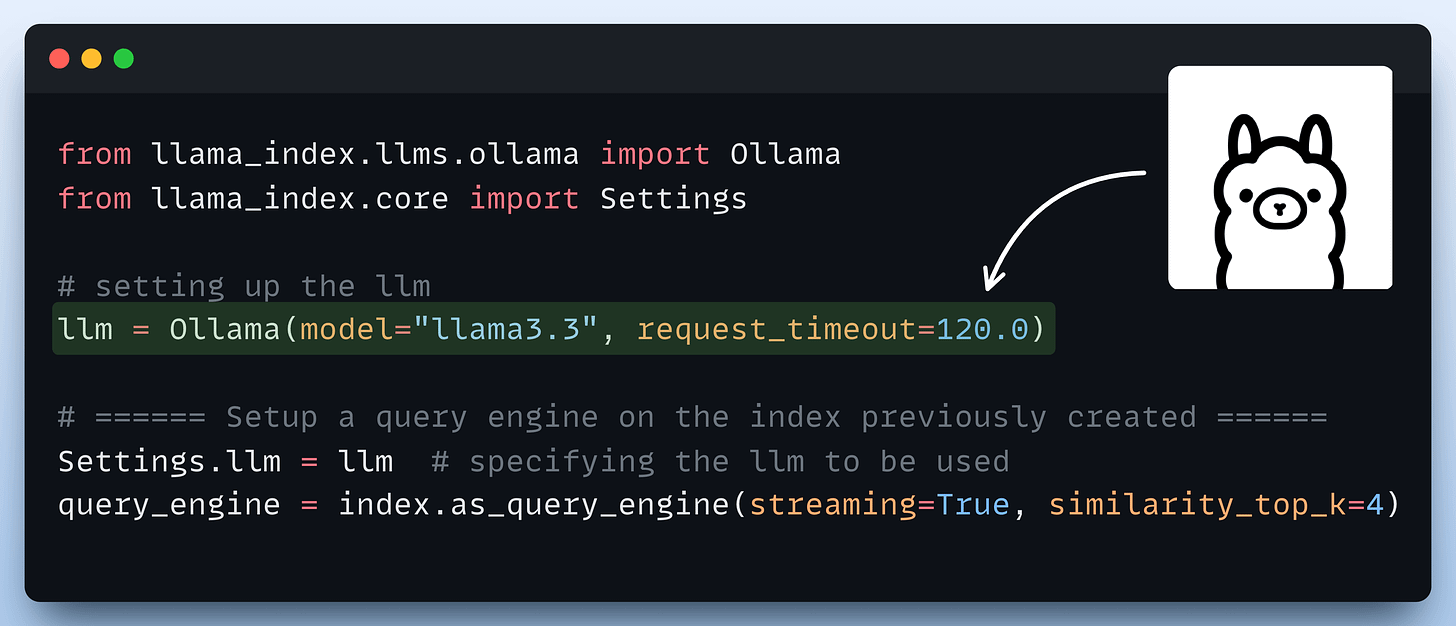
Done!
There’s some streamlit part we have shown here, but after building it, we get this clear and neat interface:

Wasn’t that easy and straightforward?
The code is available in this Studio: Llama 3.3 RAG app code. You can run it without any installations by reproducing our environment below:

👉 Over to you: What other demos would you like to see with Llama3.3?
Thanks for reading, and we'll see you next week!
IN CASE YOU MISSED IT
Prompting vs. RAG vs. Fine-tuning
If you are building real-world LLM-based apps, it is unlikely you can start using the model right away without adjustments. To maintain high utility, you either need:
- Prompt engineering
- Fine-tuning
- RAG
- Or a hybrid approach (RAG + fine-tuning)
The following visual will help you decide which one is best for you:
Read more in-depth insights into Prompting vs. RAG vs. Fine-tuning here →
ROADMAP
From local ML to production ML
Once a model has been trained, we move to productionizing and deploying it.
If ideas related to production and deployment intimidate you, here’s a quick roadmap for you to upskill (assuming you know how to train a model):
- First, you would have to compress the model and productionize it. Read these guides:
- Reduce their size with Model Compression techniques.
- Supercharge PyTorch Models With TorchScript.
- If you use sklearn, learn how to optimize them with tensor operations.
- Next, you move to deployment. Here’s a beginner-friendly hands-on guide that teaches you how to deploy a model, manage dependencies, set up model registry, etc.
- Although you would have tested the model locally, it is still wise to test it in production. There are risk-free (or low-risk) methods to do that. Learn what they are and how to implement them here.
This roadmap should set you up pretty well, even if you have NEVER deployed a single model before since everything is practical and implementation-driven.
THAT'S A WRAP
No-Fluff Industry ML resources to
Succeed in DS/ML roles

At the end of the day, all businesses care about impact. That’s it!
- Can you reduce costs?
- Drive revenue?
- Can you scale ML models?
- Predict trends before they happen?
We have discussed several other topics (with implementations) in the past that align with such topics.
Here are some of them:
- Learn sophisticated graph architectures and how to train them on graph data in this crash course.
- So many real-world NLP systems rely on pairwise context scoring. Learn scalable approaches here.
- Run large models on small devices using Quantization techniques.
- Learn how to generate prediction intervals or sets with strong statistical guarantees for increasing trust using Conformal Predictions.
- Learn how to identify causal relationships and answer business questions using causal inference in this crash course.
- Learn how to scale and implement ML model training in this practical guide.
- Learn 5 techniques with implementation to reliably test ML models in production.
- Learn how to build and implement privacy-first ML systems using Federated Learning.
- Learn 6 techniques with implementation to compress ML models.
All these resources will help you cultivate key skills that businesses and companies care about the most.
SPONSOR US
Advertise to 600k+ data professionals
Our newsletter puts your products and services directly in front of an audience that matters — thousands of leaders, senior data scientists, machine learning engineers, data analysts, etc., around the world.





